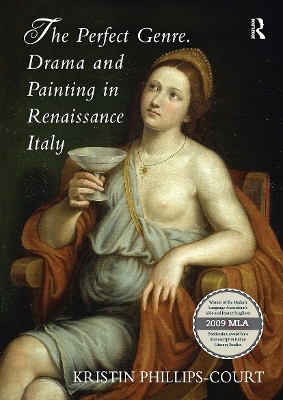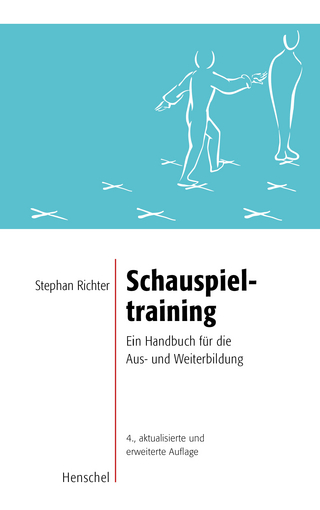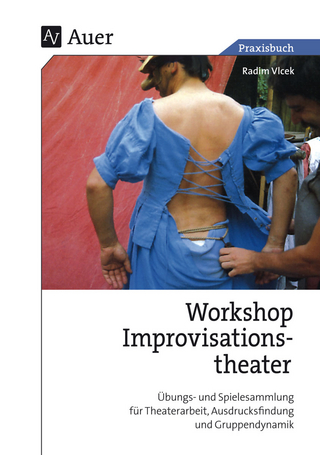
The Perfect Genre. Drama and Painting in Renaissance Italy
Seiten
2024
Routledge (Verlag)
978-1-032-92366-6 (ISBN)
Routledge (Verlag)
978-1-032-92366-6 (ISBN)
Through a combination of interpretive literary criticism, art historical analysis and cultural and intellectual historiography, Kristin Phillips-Court offers detailed readings of individual plays juxtaposed with specific developments and achievements in the realm of painting. Revealing more than historical connections between artists and poets such
Proposing an original and important re-conceptualization of Italian Renaissance drama, Kristin Phillips-Court here explores how the intertextuality of major works of Italian dramatic literature is not only poetic but also figurative. She argues that not only did the painterly gaze, so prevalent in fifteenth- and sixteenth-century devotional art, portraiture, and visual allegory, inform humanistic theories, practices and themes, it also led prominent Italian intellectuals to write visually evocative works of dramatic literature whose topical plots and structures provide only a fraction of their cultural significance. Through a combination of interpretive literary criticism, art historical analysis and cultural and intellectual historiography, Phillips-Court offers detailed readings of individual plays juxtaposed with specific developments and achievements in the realm of painting. Revealing more than historical connections between artists and poets such as Tasso and Giorgione, Mantegna and Trissino, Michelangelo and Caro, or Bruno and Caravaggio, the author locates the history of Renaissance art and drama securely within the history of ideas. She provides us with a story about the emergence and eventual disintegration of Italian Renaissance drama as a rigorously philosophical and empirical form. Considering rhetorical, philosophical, ethical, religious, political-ideological, and aesthetic dimensions of each of the plays she treats, Kristin Phillips-Court draws our attention to the intermedial conversation between the theater and painting in a culture famously dominated by art. Her integrated analysis of visual and dramatic works brings to light how the lines and verses of the text reveal an ongoing dialogue with visual art that was far richer and more intellectually engaged than we might reconstruct from stage diagrams and painted backdrops.
Proposing an original and important re-conceptualization of Italian Renaissance drama, Kristin Phillips-Court here explores how the intertextuality of major works of Italian dramatic literature is not only poetic but also figurative. She argues that not only did the painterly gaze, so prevalent in fifteenth- and sixteenth-century devotional art, portraiture, and visual allegory, inform humanistic theories, practices and themes, it also led prominent Italian intellectuals to write visually evocative works of dramatic literature whose topical plots and structures provide only a fraction of their cultural significance. Through a combination of interpretive literary criticism, art historical analysis and cultural and intellectual historiography, Phillips-Court offers detailed readings of individual plays juxtaposed with specific developments and achievements in the realm of painting. Revealing more than historical connections between artists and poets such as Tasso and Giorgione, Mantegna and Trissino, Michelangelo and Caro, or Bruno and Caravaggio, the author locates the history of Renaissance art and drama securely within the history of ideas. She provides us with a story about the emergence and eventual disintegration of Italian Renaissance drama as a rigorously philosophical and empirical form. Considering rhetorical, philosophical, ethical, religious, political-ideological, and aesthetic dimensions of each of the plays she treats, Kristin Phillips-Court draws our attention to the intermedial conversation between the theater and painting in a culture famously dominated by art. Her integrated analysis of visual and dramatic works brings to light how the lines and verses of the text reveal an ongoing dialogue with visual art that was far richer and more intellectually engaged than we might reconstruct from stage diagrams and painted backdrops.
Kristin Phillips-Court is Associate Professor of Italian at the University of Wisconsin-Madison, USA.
Contents: Preface; Introduction: written drama and visual art; Delighting the spirit: Belcari's Rappresentazione quando la Nostra Donna Vergine Maria fu annunziata dall'Angelo Gabriello (1469); Writing for the eyes: Trissino's Sofonisba (1514-15); The arts of monument: Caro's Comedia degli Straccioni (1543); The interpreter's tale: Tasso's Aminta (1573); Perspective's end: Bruno's Candelaio (1582); Bibliography; Index.
| Erscheinungsdatum | 16.10.2024 |
|---|---|
| Verlagsort | London |
| Sprache | englisch |
| Maße | 174 x 246 mm |
| Gewicht | 530 g |
| Themenwelt | Kunst / Musik / Theater ► Theater / Ballett |
| ISBN-10 | 1-032-92366-0 / 1032923660 |
| ISBN-13 | 978-1-032-92366-6 / 9781032923666 |
| Zustand | Neuware |
| Haben Sie eine Frage zum Produkt? |
Mehr entdecken
aus dem Bereich
aus dem Bereich
ein Handbuch für die Aus- und Weiterbildung
Buch | Softcover (2024)
Henschel Verlag in E. A. Seemann Henschel GmbH & Co. KG
24,95 €
Übungs- und Spielesammlung für Theaterarbeit, Ausdrucksfindung und …
Buch (2023)
Auer Verlag
31,99 €


